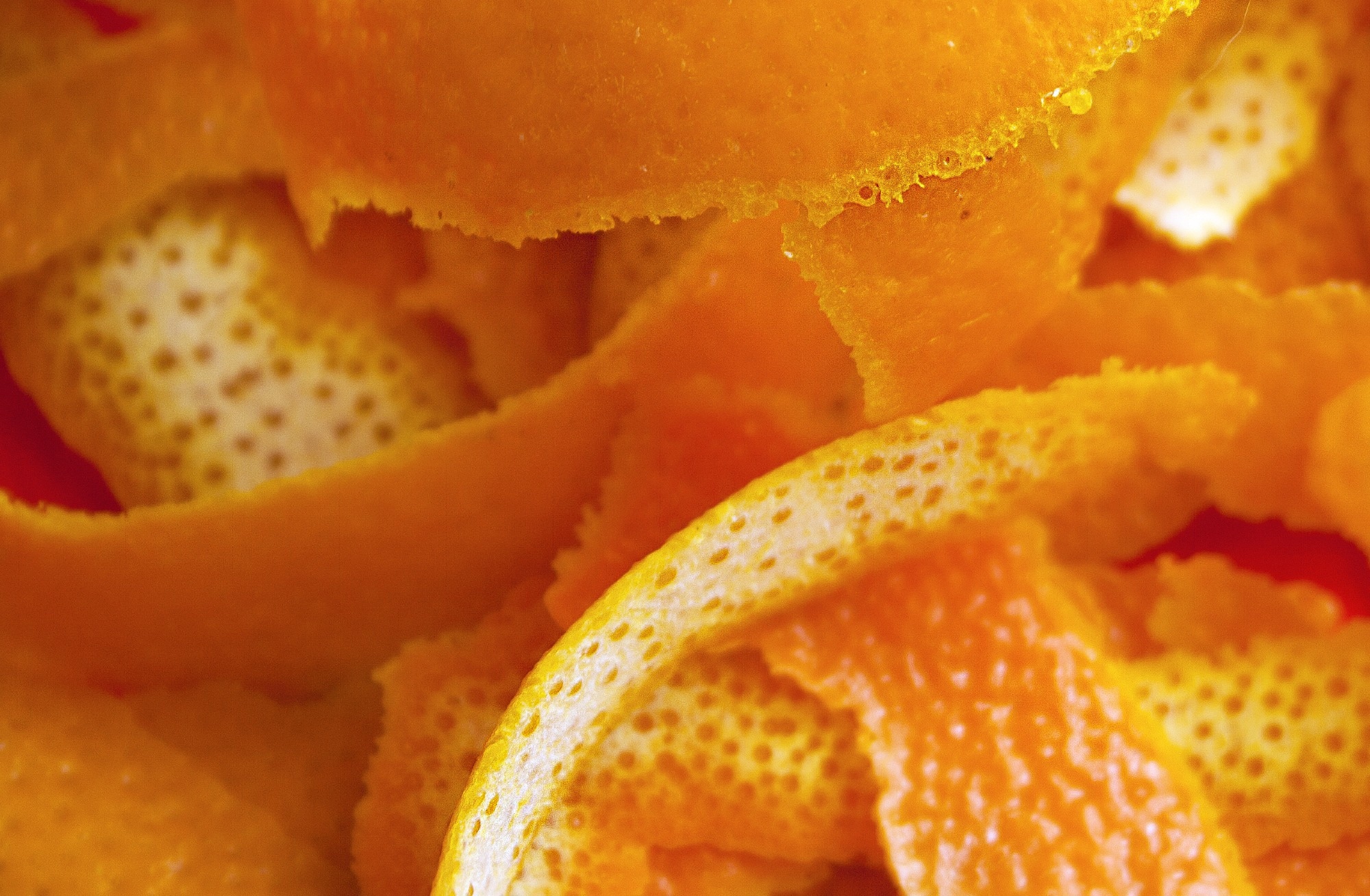A citrus-derived flavonoid shows potent antioxidant and anti-inflammatory effects in immune cells, hinting at future therapeutic potential.

Study: Exploring the In Vitro Anti-Inflammatory Effect of Citrus Fruit Hesperidin Supplementation. Image Credit: kisa2014 / Shutterstock
In a recent study published in the Food Science & Nutrition journal, researchers explored the anti-inflammatory and antioxidant effects of hesperidin.
Citrus plants are distributed in temperate, subtropical, and tropical regions. These include kinnow, oranges, lemons, mandarins, citrons, and grapefruit. During citrus processing, substantial amounts of solid waste, primarily seeds and peels, are generated. Citrus peel contains various organic compounds, including vitamins, polyphenols, fiber, beneficial oils, and organic acids.
Hesperidin is a flavonoid present in lemon, grapefruit, orange, sweet lime, and bergamot, among others. It is a safe nutritional supplement with virtually no side effects. Hesperidin plays a role in the vascular endothelium, which helps improve blood pressure. Hesperidin treatment has been effective against ischemia in rats and hypertension and myocardial infarction in diabetic conditions.
About the study
In the present study, researchers explored the anti-inflammatory and antioxidant properties of hesperidin. Fresh orange peels were collected, dried in a hot air oven at 50 °C for 2–3 days, and ground into powder. The orange powder was extracted in a Soxhlet apparatus using 100 g of peel powder and 750 mL of solvent (methanol, hexane, or acetone; although the abstract also mentions a petroleum ether → methanol sequence) at 50 °C for 5 hours. Hesperidin was precipitated and purified using acetic acid and dimethylformamide (the abstract notes an alternative method using dimethylformamide and distilled water).
Antioxidant potential was assessed using ferric reducing antioxidant power (FRAP) and 2,2-diphenyl-1-picrylhydrazyl (DPPH) assays. In the DPPH radical scavenging assay, 0.2 mL of the sample was mixed with 3.8 mL of DPPH solution, and the absorbance was measured after 30 minutes using an ultraviolet spectrophotometer at 525 nm. The anti-inflammatory activity of hesperidin was determined using nitrite ion (NO₂) and inflammatory cytokine production assays.
An enzyme-linked immunosorbent assay (ELISA) was used to quantify the production of inflammatory cytokines. RAW 264.7 cells were pretreated with hesperidin at different concentrations, followed by treatment with phorbol myristate acetate (PMA) and A23187. A positive control (PD98059) was also included for comparison. ELISA was performed to measure the concentrations of interleukin (IL)-1β, IL-8, and tumor necrosis factor (TNF)-α.
NO₂ production by lipopolysaccharide (LPS) induction was measured in RAW 264.7 cells treated with various concentrations of hesperidin, as determined by the modified Griess reaction. The paper reports the LPS-only NO₂ level as 6.3366 mM and the co-treatment levels as 4.8967, 3.6, and 2.8667 μM (not mM), which likely reflects a unit inconsistency in the source. Fourier transform infrared spectroscopy (FTIR) of three citrus varieties was performed: Citrus limon (lemons), Citrus limetta (sweet lime), and Citrus sinensis (oranges).
Findings
FTIR revealed the presence of various chemical groups in C. sinensis, such as O-H acids, C-H alkanes, carbonyl groups, and C-O-C glycosidic rings. Similarly, several chemical groups were detected in C. limon: O-H acids, C-H alkanes, and cyclic alkanes. In C. limetta, these groups included O-H acids and C-O-C glycosidic rings. FRAP activity of hesperidin increased in a dose-dependent manner.
The average percentage of DPPH reduction by hesperidin was 24% at 10 μM, 35% at 25 μM, 38% at 50 μM, and 40% at 100 μM. The mean NO₂ production by LPS induction in RAW 264.7 cells was reported as 6.3366 mM, and co-incubation with hesperidin reduced NO₂ production to 4.8967 μM, 3.6 μM, and 2.8667 μM at 10 μM, 20 μM, and 30 μM, respectively. PMA + A23187 treatment induced inflammation, leading to increased production of IL-1β, TNF-α, and IL-8.
Hesperidin treatment significantly decreased cytokine production in a dose-dependent manner. The average IL-8 production was 0.6 ng/mL and 0.47 ng/mL at concentrations of 0.01 mg/mL and 0.1 mg/mL of hesperidin, respectively. The average TNF-α production was 0.3 ng/mL at 0.01 mg/mL and 0.1 mg/mL of hesperidin. The mean IL-1β production was 0.0467 ng/mL and 0.0367 ng/mL at 0.01 mg/mL and 0.1 mg/mL of hesperidin, respectively.
Conclusions
In sum, the findings indicate that hesperidin is a potent anti-inflammatory and antioxidant compound. Its high nutritional value and broad-spectrum activity suggest that hesperidin can be used as a supplement for general health benefits. However, as this study was conducted solely in vitro, further in vivo studies are needed to determine its effects in living systems and to clarify the molecular mechanisms underlying its activity.